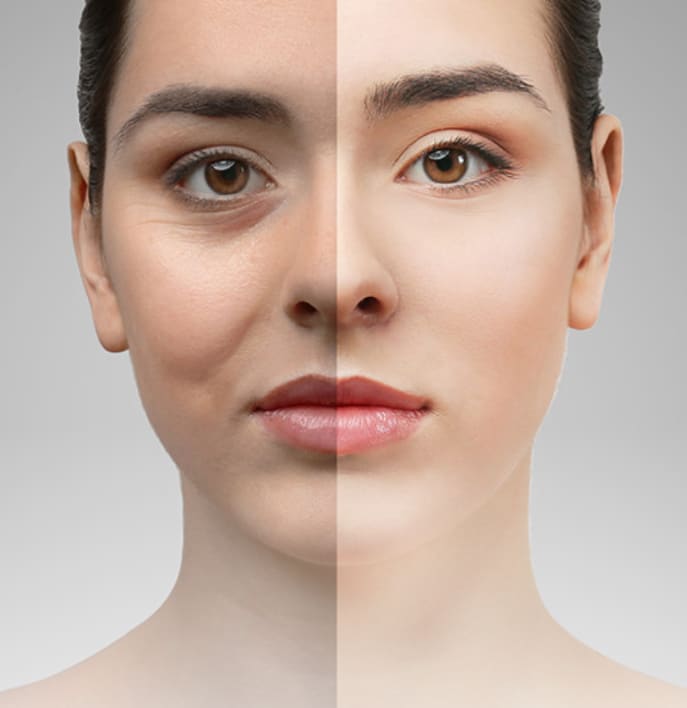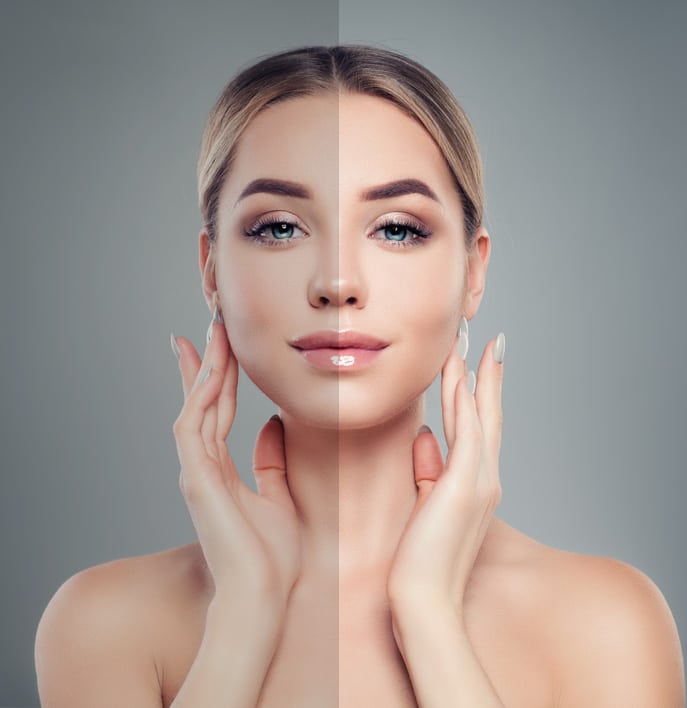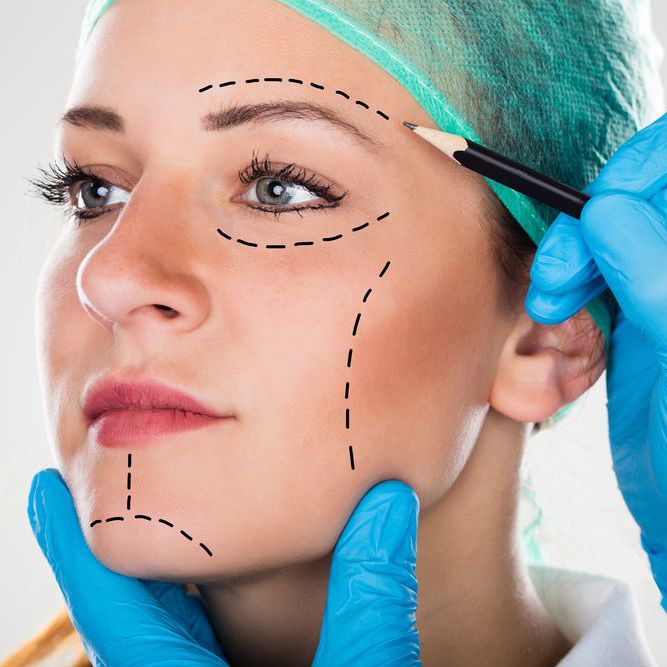Otoplasty

The ears are usually the first facial feature to develop and reach full size, and they are often the most conspicuous. Unfortunately, this can lead to years of insecurity and self-consciousness for children and adults. Otoplasty, also known as ear pinning, is a surgical procedure that can correct a wide range of ear irregularities. It creates a more symmetrical and balanced look, which can in turn boost confidence and self-esteem. Otoplasty can be performed on patients of all ages, from young children to adults.

The Best Candidates For Otoplasty

No untreated or chronic ear infections

Children five years old or older
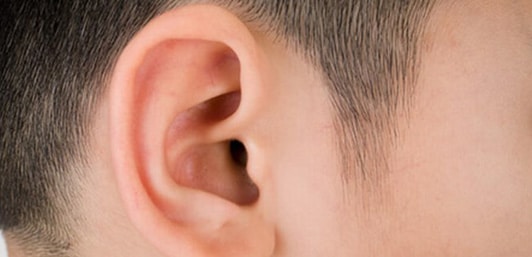
Need their ears corrected
Otoplasty, or cosmetic surgery of the ears, can be performed on patients of any age. However, the best candidates for this procedure are children who are self-conscious about their appearance and adults whose ear shape or size is causing them physical pain. In general, otoplasty candidates should be in good health and have realistic expectations for surgery results. During your consultation, your surgeon will assess your medical history and perform a physical examination to determine if you are a good candidate for otoplasty.
Recovery Time
The procedure involves making incisions in the skin behind the ears and then repositioning the ear cartilage to create a more aesthetically pleasing shape. It is typically performed under general anesthesia, and the surgery usually takes about two hours. It is a safe and effective procedure with a high satisfaction rate. The recovery period usually takes 7-10 days, and patients can usually return to school or work. However, post-surgery patients may notice:
Numbness and tingling for a few weeks
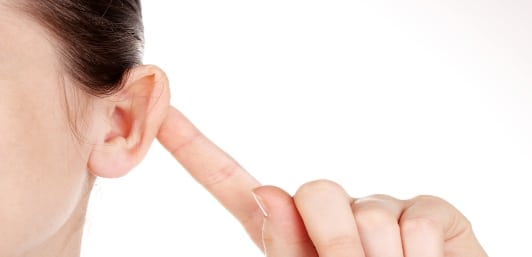
Numbness and tingling for a few weeks
Slight bruising for around 2 weeks

Slight bruising for around 2 weeks
Temporary soreness
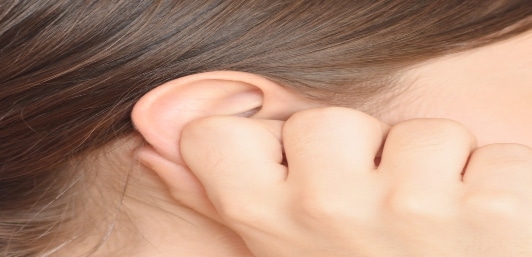
Temporary soreness
Why have an Otoplasty?
Otoplasty can significantly improve the appearance of the ears and a person's self-esteem. If you or your child are unhappy with how your ears look, you might want to consider otoplasty. It can help correct the following:

Shell Ear

Cupped Ear

Lop Ear
Here are some of the benefits that otoplasty offers:

Correction of prominent ears

Improves facial symmetry

Increases self-confidence

Safe treatment
Is Otoplasty right for you?
Ideally, Otoplasty can be performed on children between the ages of four and six when the auricle normally stops developing. However, both older children and adults can opt for it. It is most suited for those with large, protruding ears that want them to be more balanced and proportionate to the rest of their face.
You should be in generally good health to endure the anesthesia and to help with recovery. In order to evaluate whether you are healthy enough to have an otoplasty treatment, your medical history will be reviewed during our consultation with you.
Risks of Otoplasty
While otoplasty is generally a safe and effective procedure, there are always risks and potential complications involved with any surgery. It is important to discuss the risks and potential complications with your surgeon. Some common risks involved are:

Infection

Bruising

Recurrence

Unsatisfactory appearance

Swelling or numbness

Contact
Dr. James Wang Today

If you're interested in learning more about otoplasty (ear pinning surgery) or any other cosmetic surgery procedure, contact Dr. James Wang today to schedule a consultation. Dr. Wang is a fellowship-trained plastic surgeon with years of experience helping patients achieve their desired results. He will work with you to create a custom treatment plan that meets your needs.
Other Surgical Procedures
FAQs
Patients should wear the headband continuously for the first week following surgery, both day and night. For the following three weeks, you should wear the headband at night when you are sleeping. This time frame gives your ears ample time to heal appropriately and ensures that the newly reshaped cartilage stays in place.
Patients may experience pain and discomfort after the surgery, but they can typically manage it with medication prescribed by their surgeon. It’s important to remember that pain tolerance varies from person to person, and some patients may experience more discomfort than others. The degree of pain also depends on the extent of the surgery, with more complex procedures potentially causing more discomfort. However, with proper pain management and aftercare, many patients can return to normal activities within a few days to a week following their otoplasty procedure.
Yes. Otoplasty is a permanent solution to improve the appearance of protruding ears, fix asymmetry, or resize large ears. The results of otoplasty can be endless if the surgeon uses techniques that provide lasting support and stability to the ear cartilage.
Giving your body time to heal before engaging in strenuous physical activity is important. Typically, you should wait at least two to three weeks before resuming exercise and other activities that may raise your heart rate or put stress on the ears. Following your surgeon’s specific guidelines and listening to your body during recovery are important to ensure a successful and safe outcome.
Swimming and other water activities can increase infection risk and slow healing. While the specific timeline can vary depending on the individual, We recommend waiting at least four weeks after otoplasty before returning to swimming. It allows ample time for swelling to subside and any incisions to heal fully.
While risks are involved, it is important to remember that a qualified and experienced plastic surgeon generally considers otoplasty safe when performing it. It is important for individuals considering ear-pinning surgery to be aware of potential risks and carefully weigh the benefits and drawbacks before making a decision.
Yes. Ear pinning surgery, or otoplasty, can typically be performed using local anesthesia. It means that you’ll be awake, but your ears will be numb, and you won’t feel any pain during the procedure. As with any surgical procedure, it’s important to discuss the details with your surgeon beforehand, including any concerns you may have.
You should sleep with your head elevated for the first few nights after surgery. It will help reduce swelling and discomfort in the treatment area. Generally, sleeping at a 45-degree angle, propped up on pillows, is recommended for at least three to five nights. After that time, you can slowly transition back to your regular sleeping habits.
An experienced surgeon will work with you to understand what you hope to achieve with the procedure and will create a plan that aligns with your goals. Depending on the severity of the correction, the size and position of your ears, and other factors, your surgeon may recommend different techniques to achieve your desired results. Ultimately, the level of noticeability will depend on your preferences and your surgeon’s recommendations. Still, many patients find that the procedure results in a more natural and proportionate appearance.

